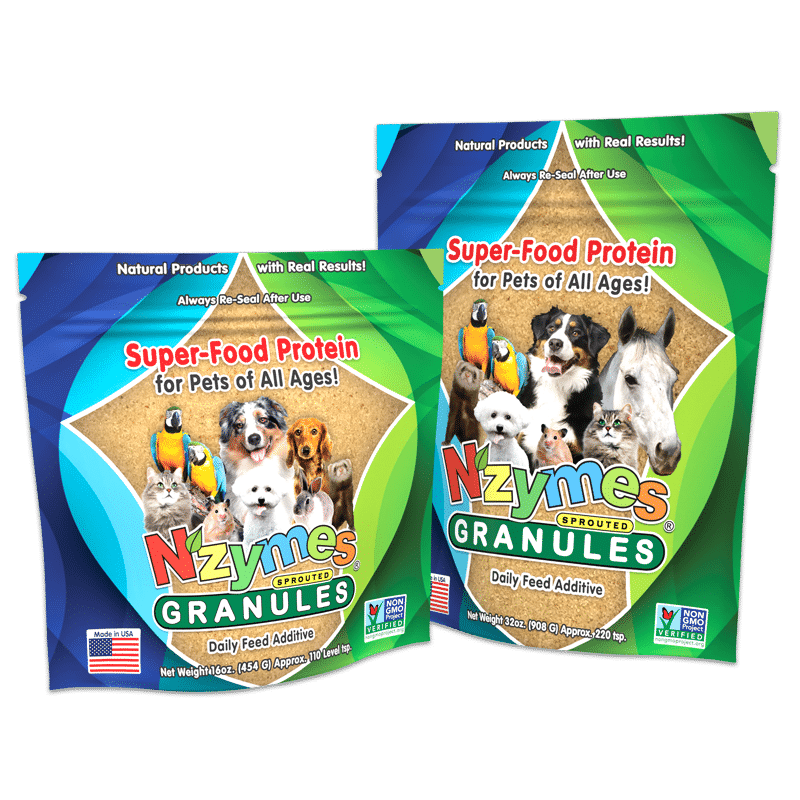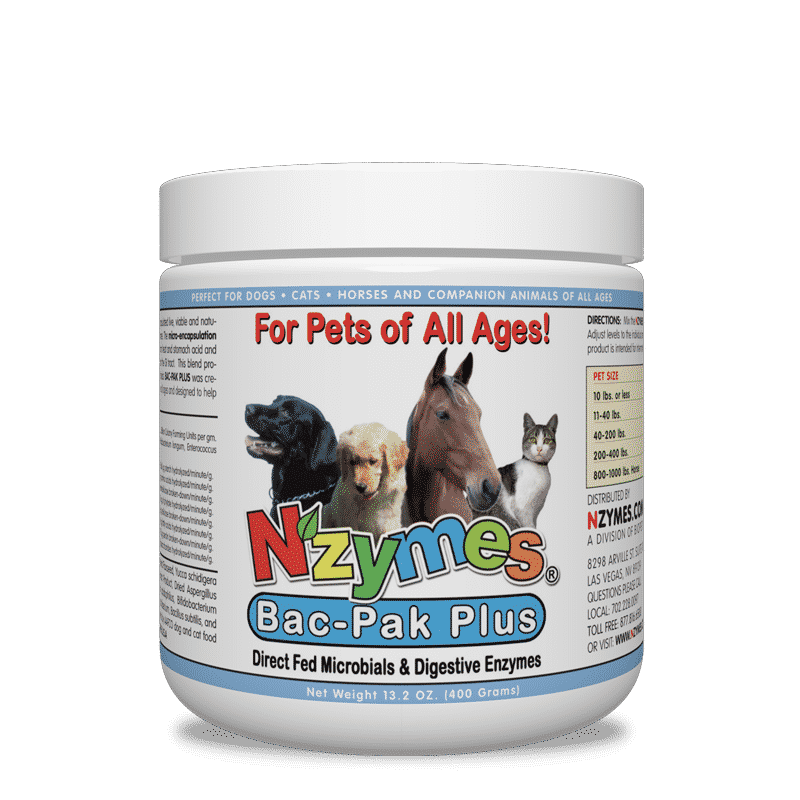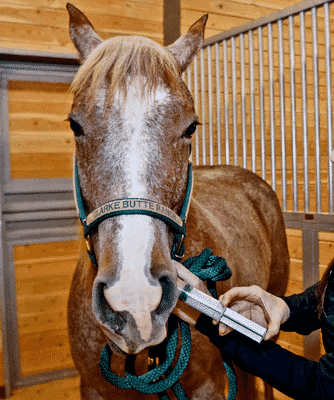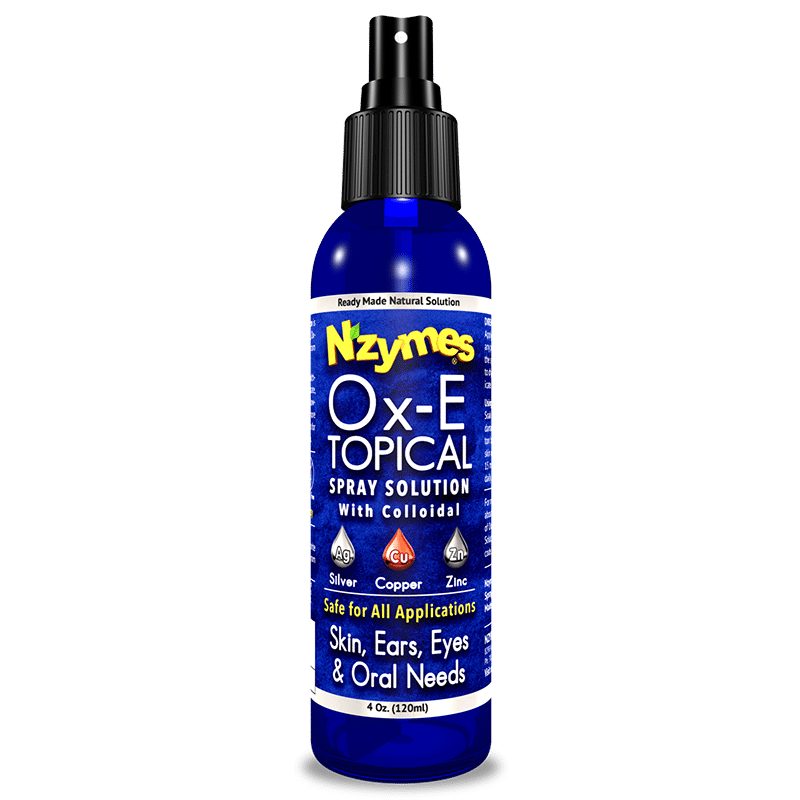
A Closer Look at Horse Abscesses
Surprised by an Abscess
Have you wondered why your horse was completely normal yesterday, but today they will not apply any pressure on their foot? One possibility is a horse hoof abscess. There were no apparent signs of a leg or hoof issue or an injury other than the sudden and painful lameness. What could have happened?
Horse hoof abscesses can happen when bacteria get stuck between the sensitive laminae (the tissue layer that holds the hoof capsule to the coffin bone) and the hoof wall or sole. The bacteria create pus or an infection that quickly builds up and applies pressure behind the sole or division of the hoof. This pressure can become extremely painful and cause extreme lameness in your horse overnight.
What Can Causes of Horse Hoof Abscesses:
- A puncture wound to the sole or hoof wall or a a pebble or rock lodged.
- Shoeing Nails came too close to the laminae or difficulties shoeing.
- Laminitis, Navicular disease, or reaction to bruising
- Trauma to the soft layers of the hoof
- Contraction of the heels (heel bulbs have grown too close together, forming a pocket)
- Going from dry to wet ground conditions repeatedly (Rain Rot)
Expressing the Abscess
For us humans, a pimple or boil would be the best comparison. The hoof abscess needs to be emptied. The most common strategy is to open it and let it drain. Some will even pop on their own. It often happens after the pus travels up the hoof to the coronary band or heel bulbs. Naturally, it is easier for a hoof abscess to break through via the path of least resistance, where the wall is thinner and easier to release.
A Vet is the Best Choice for Draining an Abscess
A vet can diagnose and drain the abscess (if it does not pop on its own), but the best timing of this would be within a 3-day window of onset of the horse hoof abscess. However, it can take 7-10 days to close after draining completely. You should see your horse feeling much more comfortable a few hours after the abscess has been drained, but the soreness will continue for several days or weeks, depending on the severity.
Clean and Bandage the Horse Hoof Abscess
Draining, soaking, bandaging, and keeping the hoof clean is crucial to dealing with a horse hoof abscess. Regular farrier care and keeping your horse’s environment clean can help to prevent reoccurring abscesses.
Also, remember do not allow the horse to be left standing in wet pasture for prolonged periods. The feet and hooves need time to dry out.
Nzymes® Suggested Support for Horse Hoof Abscesses

Nzymes® Superfood Granules
We suggest to DOUBLE amounts (below) during the first 2 weeks.
Doubling is important with any kind of injury or recovery issue.
Add to Horse’s Feed Twice Daily
600 to 750 lbs. Horse = Add 3 level tsp.
750 to 1000 lbs. Horse = Add 4 level tsp.
1001 to 1250 lbs. Horse = Add 5 level tsp.
1251 to 1500 lbs. Horse = Add 6 level tsp.

BacPak Plus 400 Gm
A Powerful and Cost Effective Probiotic and Digestive Enzyme Blend
Add to Horse’s Feed Once Daily.
600 to 1000 lbs. = Add 2 to 3 – 1 Gram Scoops
1001 to 1250 lbs. = Add 3 to 4 – 1 Gram Scoops
1251 to 1500 lbs. = Add 4 to 5 – 1 Gram Scoops

Ox-E-Drops Concentrate
Give the horse 20 drops of Ox-E-Drops orally mixed 8-10 cc’s of water with a syringe.
Squirt slowly along the horse’s teeth-line to avoid choking.
Do this twice daily for healthier INTERNAL anti-microbial support.
NOTE: Best to order the 8 oz. Ox-E Refiller for these issues with horses.


Ox-E Topical Spray Solution
We highly recommend spraying any affected area 3-4 times daily and applying the Ox-E topical Solution either by spraying or sponging it on the areas of the hoof or leg prior to applying the new clean dressing.

We believe you will have success and we give a “120-Day” Money Back Guarantee with every product sold.








